These popular Japanese potato and meat croquettes called Korokke are breaded and deep-fried until golden and crispy on the outside but still creamy and succulent inside. This well-loved food in Japan is so delicious served with rice and salad or in your bento lunch.
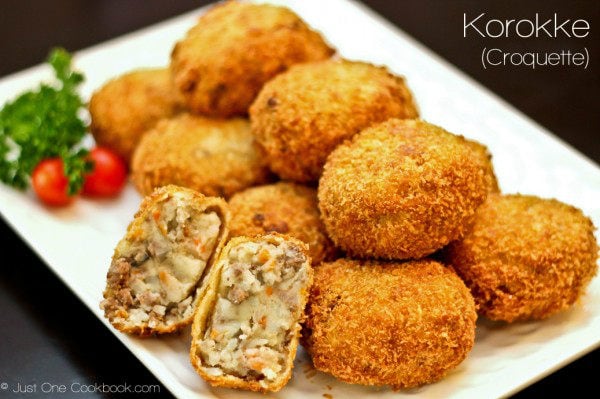
In Japan, Korokke (コロッケ) are as ubiquitous as fried chicken in convenience stores. They are tasty street food, casual diner food, specialty food, and a home-cooked dish loved by all ages. These potato and meat croquettes come with a crispy-crunchy crust that reveals a creamy, mashed potato filling. You need to try it to believe how good they are!
Since I always have a soft spot for potato dishes and crunchy food, korokke easily tops the chart of my favorite food. I once had six pieces of these golden fried patties for one dinner. Shhh…I shouldn’t be too proud of my big appetite, but I’m absolutely excited to share my best korroke recipe with you today.
What is Korokke?
Korokke is said to be originated from the French croquette or Dutch kroket. I don’t speak French, but when I looked it up, I learned that croquette came from the verb croquer in French, which is to crunch. Makes total sense! Since everyone loves a good crunch, the Japanese started adapting croquettes and it became a popular Japanese-western food in the early 1900s.
At the most basic, korokke is made of a mixture of mashed potatoes, ground meat, and vegetables that have been shaped into small round patties. They are then coated in panko breadcrumbs, and deep-fried until crispy.
These days you can many versions of korokke, with a variety of additions such as ground meat, vegetables, or seafood. Some are flavored with curry powder, and some make use of leftovers from nikujaga. Another must-try flavor is kabocha croquette (my recipe). Each region of Japan also has its own korokke, featuring famous local ingredients such as shrimp, crab, or sweet corn.
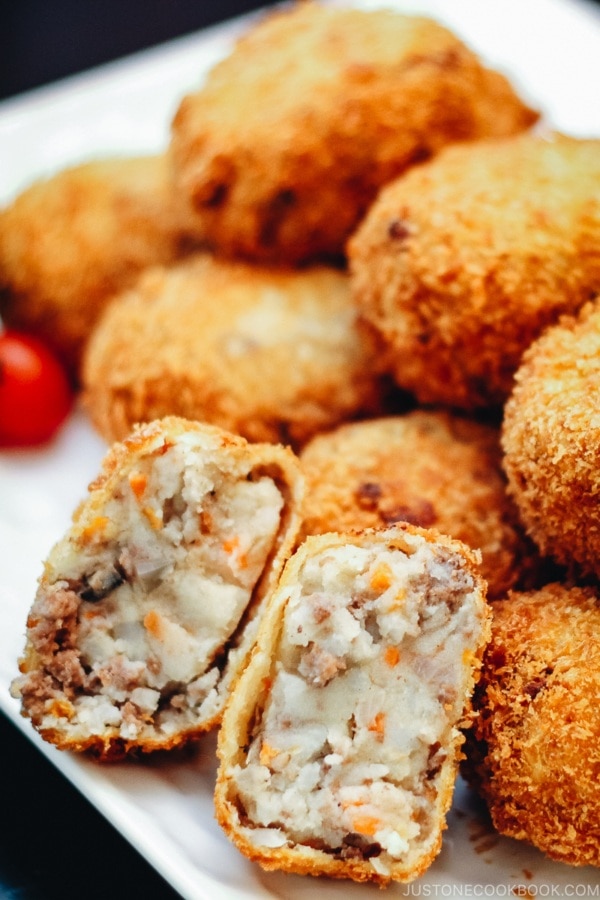
Quick Tips for Making the Best Korokke At Home
- Use starchy potatoes such as russet potatoes
- Use quality ground beef – I used organic beef.
- When mashing the potatoes, leave some small chunks for textures.
- Discard any moisture before combining the cooked meat & vegetable mixture with the mashed potatoes
- Use only panko breadcrumbs for an extra crispy exterior.
- Lastly, always make extra because they are great for leftovers, and store well in the freezer for up to a month!
My mom makes her Korokke without any written recipes, so over the years, I’ve developed my own version by adopting my mom’s method and personal adjustment.
The recipe that I am sharing here includes carrots and shiitake mushrooms, which are missing from my mom’s and the regular korokke from the stores. I like to add them to give some colors and extra nutrition for the kids.
I’ve finally got my mom’s korokke recipe in March 2012 if you’re interested. It’s good stuff so do give her recipe a try too!
Can I Air Fry or Shallow Fry Korokke?
The short answer is YES. I don’t own an air fryer; so I can’t provide the exact steps. However, many of my readers have tried air frying with my korokke recipe with success.
You can also use a frying pan to shallow fry Korokke. The inside is already cooked, so all you need to do is to brown the breaded outer layer. You just need less than 1/2 inch (<1cm) oil in the pan! It’s easy for cleanup too.
What to Serve with Japanese Croquettes
Korokke can be enjoyed as a snack, appetizer, main, or as a featured dish in your bento lunch box. They are delicious on its own, but we also often serve it with a sweet-savory Tonkatsu sauce.
This homemade Korokke won’t disappoint you at all!
More Korokke Recipes You’ll Enjoy
- Mom’s Best Korokke Recipe (Japanese Croquettes)
- Baked Croquettes
- Korokke Bento
- Kabocha Korokke
- Croquette Sandwich
- Creamy Crab Croquette
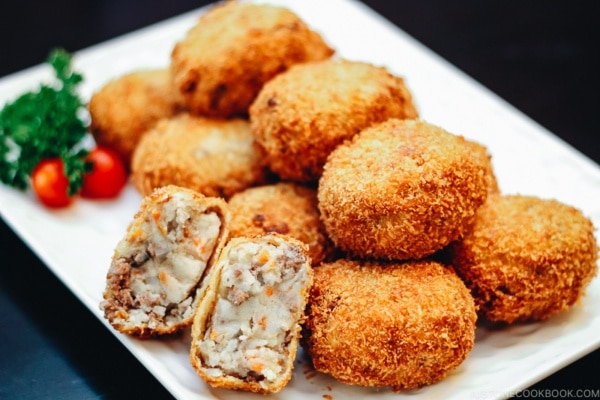
Wish to learn more about Japanese cooking? Sign up for our free newsletter to receive cooking tips & recipe updates! And stay in touch with me on Facebook, Pinterest, YouTube, and Instagram.
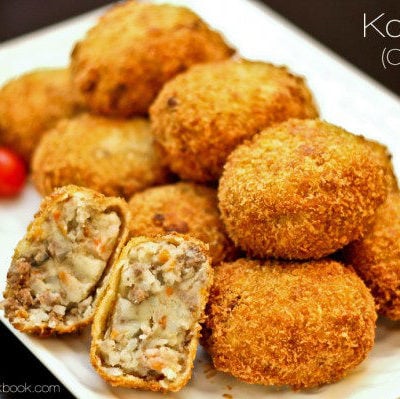
Korokke (Potato & Meat Croquette)
Ingredients
For the Korokke Patties
- 2 lb russet potatoes (about 4 potatoes)
- 1 onion
- ½ carrot
- 2 shiitake mushrooms
- 2 Tbsp neutral oil (for sautéing)
- 1 lb ground beef
- 1 tsp Diamond Crystal kosher salt
- ¼ tsp white pepper powder
- freshly ground black pepper (to taste)
- 1 large egg (50 g each w/o shell)
For the Breading
- ½ cup all-purpose flour (plain flour)
- 3 large eggs (50 g each w/o shell)
- 2 cups panko (Japanese breadcrumbs)
For Deep–Frying
- 3 cups neutral oil (or enough for 2 inches (5 cm) of oil to completely submerge the patties)
For Serving
- tonkatsu sauce (you can make Homemade Tonkatsu Sauce)
Instructions
- Gather all the ingredients.

To Prepare the Korokke Mixture
- Peel and cut 2 lb russet potatoes into quarters. To a large pot, add the potatoes and enough water to cover. Bring it to a boil. Cook the potatoes until a skewer pierces the potato easily, about 15–20 minutes. Remove the pot from the heat and drain the water completely. When you do so, use the lid to hold back the potatoes so they don’t fall out of the pot.

- Move the pot back to the stove. On low heat, shake the pot so that the remaining moisture will completely evaporate (but don’t burn them).

- Turn off the heat and mash the potatoes, leaving some small chunks for texture. Set aside.

- Meanwhile, finely chop 1 onion and ½ carrot. Remove the stems from 2 shiitake mushrooms and finely chop the caps.

- Heat a large skillet on medium-high heat. Then, add 2 Tbsp neutral oil. Add the onion and sauté until soft.

- Add the carrot and shiitake mushrooms and cook until soft.

- Add 1 lb ground beef and break it up with a wooden spoon. When the meat is cooked through, add 1 tsp Diamond Crystal kosher salt, ¼ tsp white pepper powder, and freshly ground black pepper (to taste). Remove from the heat.

- Drain the meat and add it to the pot with the mashed potatoes. Tip: Leave the cooking liquid behind as we don‘t want to introduce more moisture.

- Crack and add 1 large egg (50 g each w/o shell) to the mixture.

- Mix it all together until everything is well combined.

To Shape the Patties
- While the mixture is still warm but not hot, form the Korokke patties into an oval shape. Place on a plate or tray and cover, then cool and rest the patties in the refrigerator for 15–30 minutes. (Do not skip!) TIP: Cooling prevents the croquettes from exploding while deep-frying. If you place warm patties in the hot oil, the internal temperature of the korokke will increase fast, causing them to release steam and explode through the breading. Resting the patties also helps the ingredients meld together.

To Bread the Korokke
- Meanwhile, prepare ½ cup all-purpose flour (plain flour), 3 large eggs (50 g each w/o shell) (beaten), and 2 cups panko (Japanese breadcrumbs)on 3 separate trays or bowls. Take the patties out of the refrigerator and dip each patty in the flour, beaten egg, and panko, in that order.

- Now they are ready for deep-frying.

To Deep-Fry
- To a wok or a heavy-bottomed pot, add 3 cups neutral oil or enough for at least 2 inches (5 cm) of oil in the wok/pot. Bring the oil to 340–350ºF (170–180ºC) over medium or medium-high heat, using an instant-read cooking thermometer to check the temperature. Then, deep-fry the Korokke in batches until they are golden brown. The inside is already cooked, so all you need to do is to fry them until golden brown. Tip: When you deep-fry, do not crowd the pot because the oil temperature will drop quickly. Your ingredients should take up no more than about half of the oil surface area at any one time. For more helpful hints, read my post How to Deep-Fry Food.

- Transfer the Korokke to a wire rack or a plate lined with paper towels to drain the excess oil. Continue deep-frying the rest of the patties. Serve immediately with tonkatsu sauce.

To Store
- You can store the leftover in an airtight container and freeze up to a month. To reheat, put the frozen or half-defrosted Korokke on a baking sheet lined with aluminum foil or parchment paper and bake at 350ºF (180ºC) for 15 minutes or until the inside is warm.
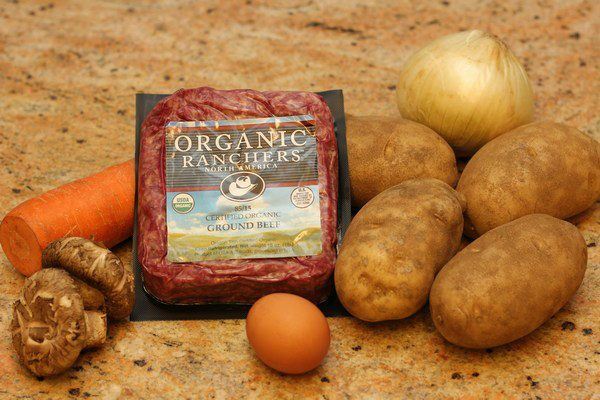
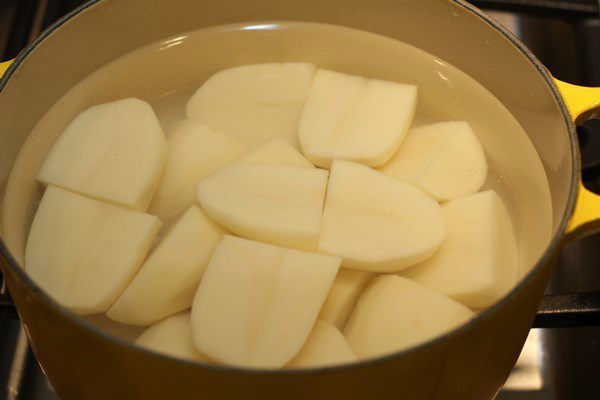
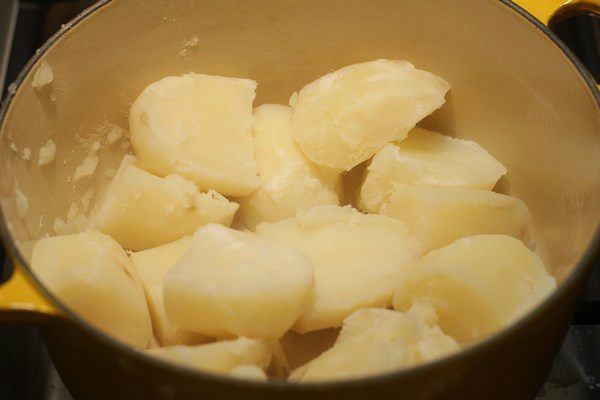
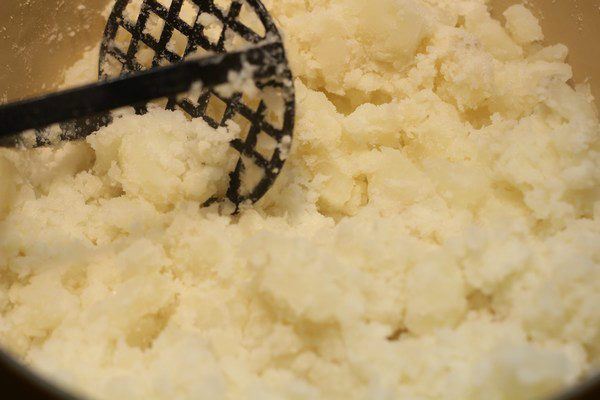
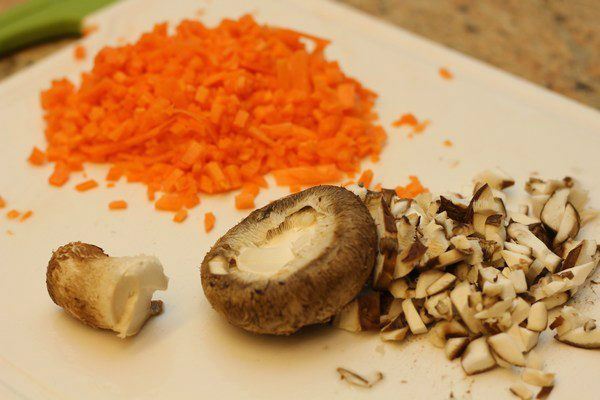
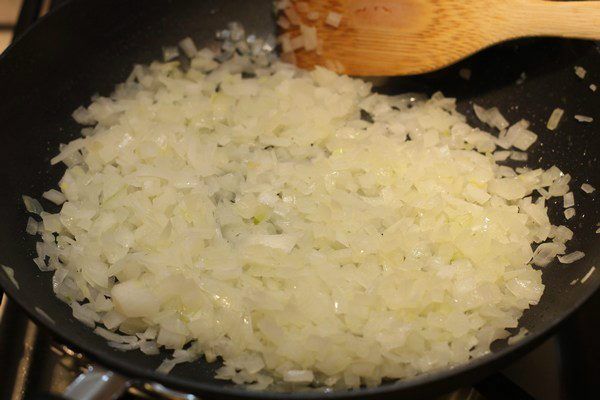
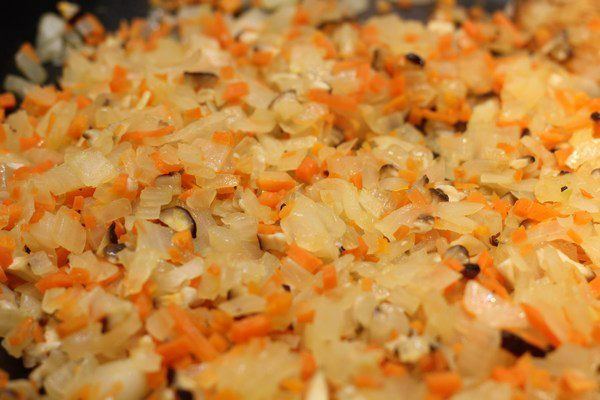
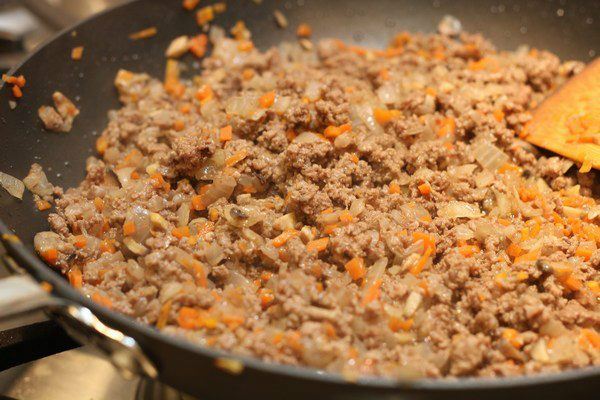
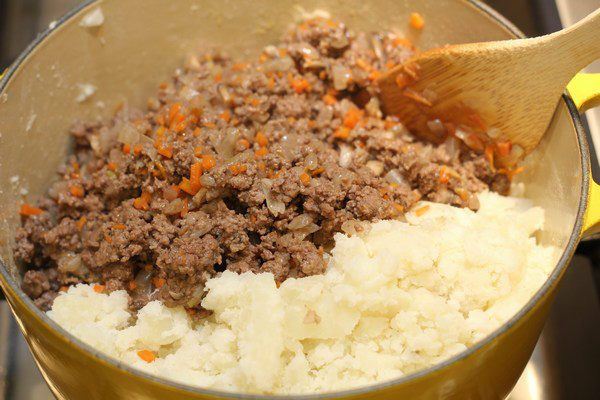
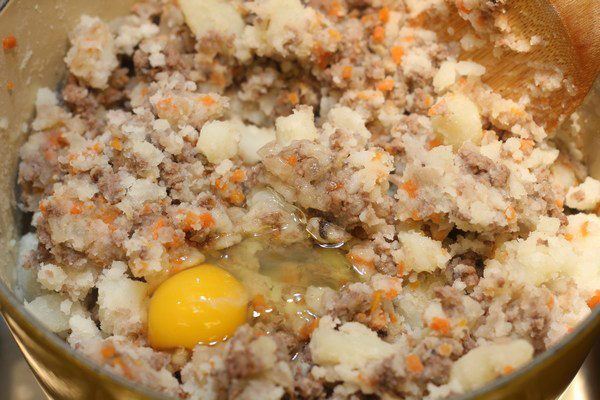
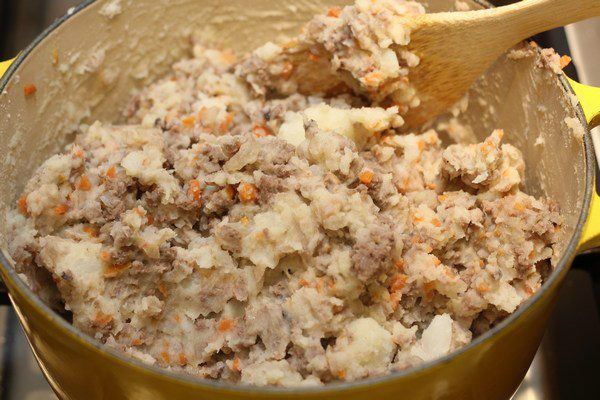
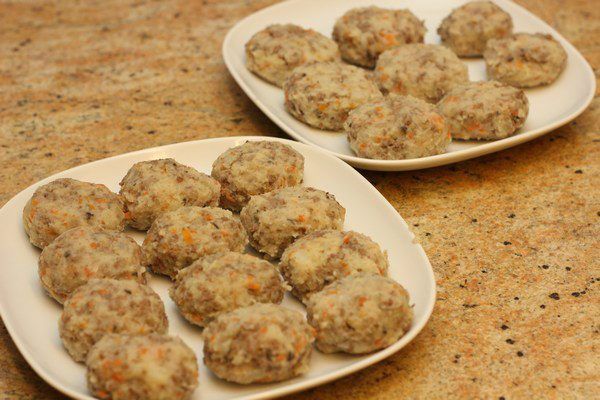
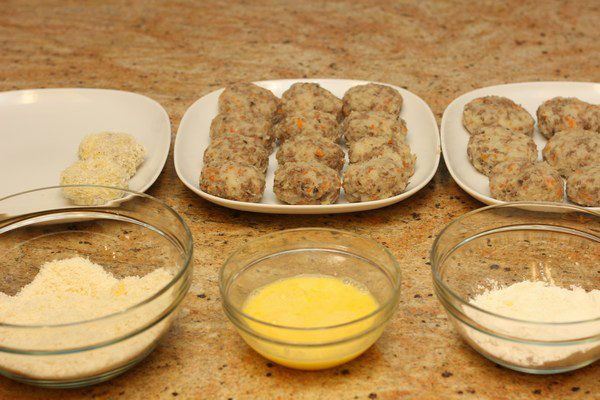
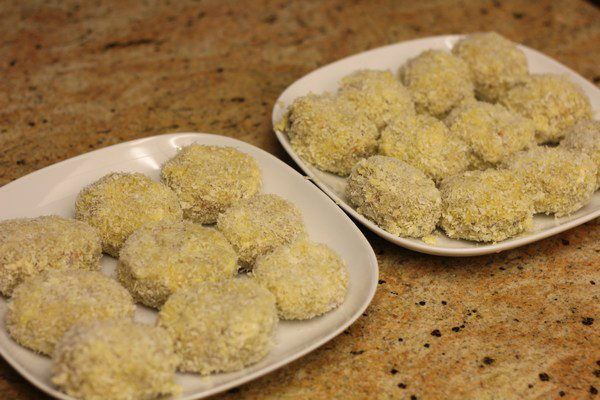
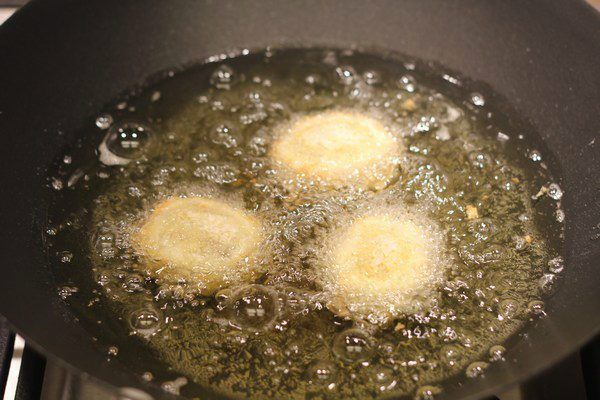
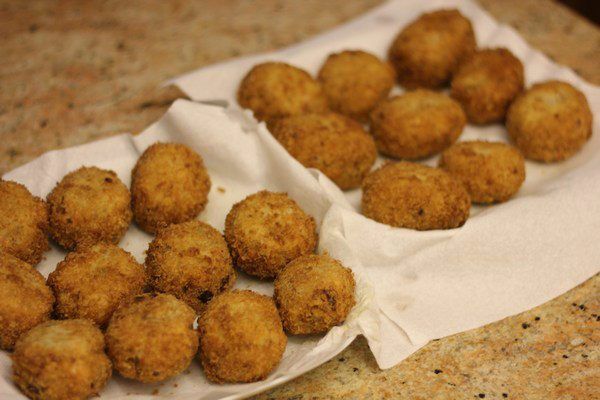

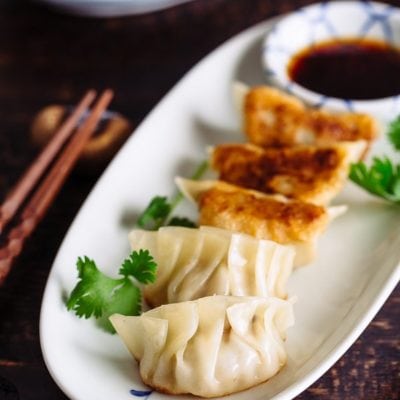
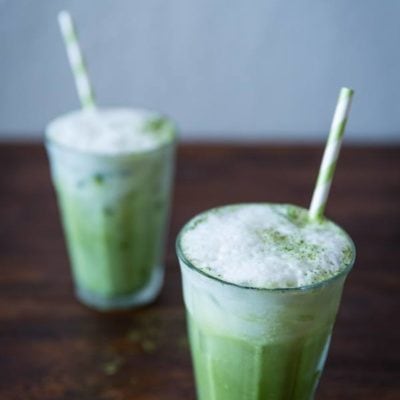

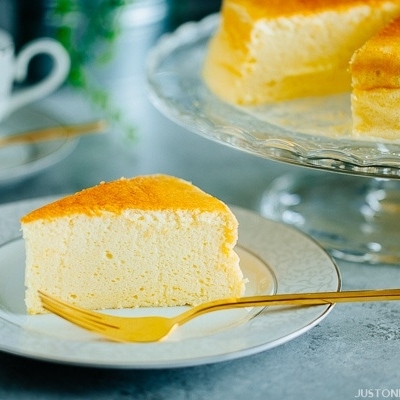
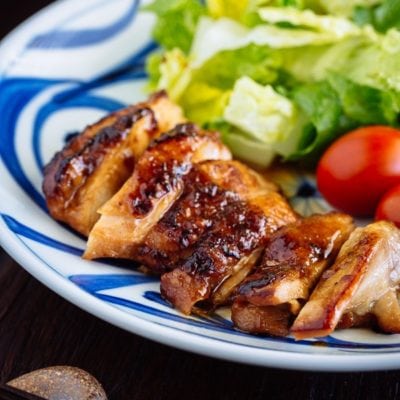
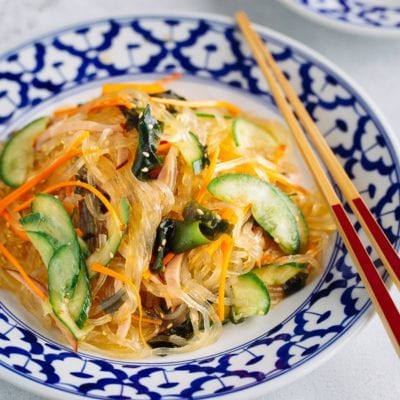
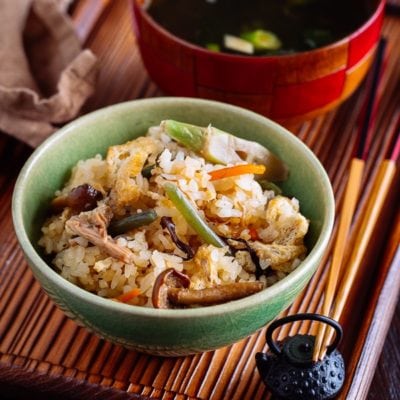
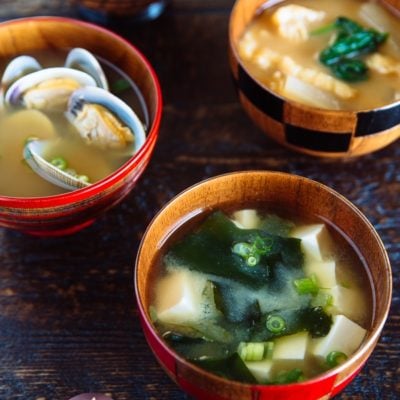
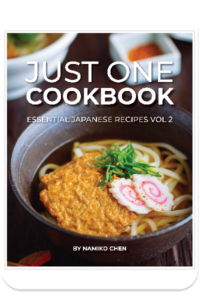
I’ve made this korokke recipe multiple times now for dinner (paired with your soba salad, which is always a BIG hit!), and I must say – it is by far the best korokke recipe I’ve ever had! When I made it for my sister, she said it tasted even better than our favorite Japanese restaurant’s version, and my boyfriend declared it to be one of the best supper’s I’ve made! The crisp exterior surrounding that light, pillowy mashed potato center is just TO DIE FOR delicious. I can’t thank you enough for this oustanding recipe!
I was always afraid of deep-frying, but thanks to your tips I managed to pull it off for this recipe, so thank you so much for helping us frying-newbies! Your detailed instructions, step-by-step photos, and videos are always so helpful, and very much so appreciated! Love your site so much, and I will continue to make this recipe plus many others for my family 🙂
Hi Shannon! I’m so happy to hear you enjoy this recipe and thanks so much for trying many times! Excited to hear your sister and your boyfriend likes this recipe too! Thank you for your kind feedback.
I’m glad to hear my recipes are helpful and your kind compliment means so much to me. Thank you!!!
This look absolutely delicious! Will be trying this tonight! Thank you ver much for sharing.
Hi Cath! I hope you enjoy this recipe. 🙂
What the hell!!??? 1hr and 45min cooking time!
Hi Michael! If you make small portion, it’ll take less time to prepare (this recipe yield for roughly 6). Korokke recipe requires tedious steps from boiling potatoes to stir frying veggies and meat, and shaping to deep frying… I don’t make often but it’s truly worth it.
Some people like my Baked Korokke recipe to save time on deep frying one by one.
https://www.justonecookbook.com/baked-croquette/
I love this recipe, I just had one issue with it (although I’m sure it’s a fault of mine and not the recipe). Mine turned out a bit dry, could I add a bit of milk to my mashed potatoes to counter that?
I was also wondering, do you personally like these more, or the ones your mother makes? I would love to try them as well but I’m not too sure what I would do for veggies in that case.
Do you like kabocha korokke too? Would you ever make a recipe for them? I tried them in a restaurant once and fell completely in love, I would love to be able to eat them again 🙂 although I am unsure I can ever find a kabocha or even any sweet pumpkin where I live.
Sorry for all the questions 🙂
Hi Emy! Yes, you can add milk to the mashed potatoes. Water content in potatoes vary depending on the type of potatoes and where they are from. My mom often comments “my onion/potatoes have more water today”, and I experience it too. So do adjust – add butter if you like too!
Oops, sorry my laptop screen is small and I didn’t get to read your entire comment earlier.
I make “Mom’s Korokke” recipe more than this one simply due to less work… but I love love love the flavors from carrots and shiitake mushrooms! Make me want to eat these now…
I make kabocha korokke too, as kids love them more than when kabocha is used in other forms of cooking. It’s on my list of recipes to share, but every year I get too busy and I fail to share during the kabocha season… I’ll attempt this fall again. 😀
No problem! I tried them a few days ago with different potatoes and my gosh they were amazing! I also used the mushrooms this time (I didn’t have any last time) and it’s surprising what a difference it makes, so good!
I agree, it is quite a bit of work but the flavors are wonderful from the veggies. I also don’t feel bad just eating the korokke for dinner (with a small salad on the side), because of the inclusion of the veg.
Oh if you are able to, please share the recipe of the kabocha korokke when you make them! I will wait for fall as well, but I miss them so much 😀 .
Is there a good substitute for kabocha if you can’t find it?
Hi Emy! I’m glad you liked it! Yeah, vegetables add great flavors. I wanted to include them as a way to introduce more vegetables for my kids. 🙂
Yeah I’ll try my best to make kabocha korokke this year. Good substitute… casava is a Filipino (?) pumpkin and I think it’s similar… Kabocha is very sweet, and other pumpkin has different flavors. I’m not sure where you live, but Japanese grocery stores sometimes carry frozen kabocha too. I think it’s hard to get that natural sweetness and bright orange color from other pumpkin/squash (even you add sweetener). 🙁 My simple answer is it’s no good sub, but you can try with other pumpkin… just not the same….
Ah okay, fingers crossed I will find it one day. 🙂
Thank you for the advice!
Hi Nami, I am so happy I was able to find kabocha pumpkins in the Asian supermarket in my area! Do you have any advice on how to make kabocha korokke?
Hi Emy! Kabocha Korokke recipe will be up on Monday! 🙂
I made these for dinner tonight. They are really good and incredible soft, have a smooth taste and the sauce goes well with them. I served with lettuce, tomato and green onion. Yummy! Thank you for sharing!
Hi Majacica! I’m so happy you tried this recipe, and thank you for your kind feedback! Your comment made me very happy! Thank you!
Hi, I would like to ask for storing leftovers, does the korekke need to be cooked?
Hi Jia en! So sorry for my later response. You have to deep fry, cool down, and then you can freeze them. 🙂
You have revolutionized how I cook at home. Every recipe I’ve tried has been amazing and easy to make! My favorite so far is the Miso Salmon recipe (with ginger rice of course!) and tonight I will attempt to make korokke! If I want to make a Japanese dish, your blog is my go to for recipes! Thank you Nami!
Hi Brittany! “Revolutionized”! What a powerful word, and thank you for giving me such an amazing compliment for my blog. I am honored to be a part of your cooking journey! Thank you for your kind words. I hope you like Korokke. I have 3 versions, in case you missed. One is baked, one is my mom’s recipe – similar to this. Hope you enjoy my favorite food in the world! 🙂
Do you recommend freezing before or after frying? If before, should I thaw before frying? If after, what would be the best way to reheat?
Hi Desiree! AFTER deep frying, and cool down (no moisture in the air-tight container). Do not use microwave to reheat as it can explode. Instead, while it’s frozen (could be defrosted half way), put it in the oven or oven toaster and reheat at 350F for 15 minutes or until it’s warm inside. It’s crispy and delicious!
Thank you so much! This was such a great and surprisingly easy recipe. It took me a little longer than expected due to my inexperience in cooking, but it was all worth it.
Hi Victoria! I’m so happy you liked this recipe! Thank you for your kind feedback! 🙂
Oh my gosh! I LOVED this recipe. I was worried it’d be a little too simple to my family’s taste, but it was just AMAZING! I was also worried about the homemade tonkatsu sauce being too salty, but once you dip the korokke in it, it’s just lovely. I love your recipes and I can’t wait to try more of them! <3
Hi Mari! I’m so happy to hear you like this recipe! It’s my favorite Japanese food. 🙂 I’m glad you and your family enjoyed this recipe! Thank you for trying this recipe! I have a baked version too, if you want to cut down on oil intake (but tastes much better when deep-fried).
https://www.justonecookbook.com/baked-croquette/
Would it make any difference if you were to bake them until golden brown? Someone suggested this on another site but I’m not sure wether it would have the same effect! Thanks!
Have you tried baking panko crusted food in the oven before? It’s very hard to keep all sides nice and golden brown “evenly”. With my method, all sides are already nice color and inside is all cooked so it’s fast. 🙂
My family doesn’t eat beef, so is there a substitute that we can use? Thanks, I’d really like to try this recipe!
Hi Lia! You can use other meat. Some told me they tried with ground pork and chicken too. Vegetables only is okay too (chopped into smaller pieces). 🙂 Hope you enjoy!
Hi, can i leave the beef out? Thanks.
Hi Annie! Sure! 🙂
Hello. Is it best to fry the korokke and put it in the freezer and reheat, or will the result be best if you put the korokke “not fry” in the freezer and fry it frozen?
Hi Kim! I’m sorry for my late response. You fry first, let it cool, then put it in an airtight container to freeze. When you eat, don’t defrost. Put it in the oven or oven toaster and bake at 400F until inside is warm, about 15 mins. Never use a microwave to re-heat. Hope this helps! 🙂
Can you make a vegetarian version of this I’m going to try with tuna tomorrow and thought broccoli would be nice
Hi Nikita! Sure! When you use more vegetables, make sure they are not too wet when you mix in. 🙂 Enjoy!